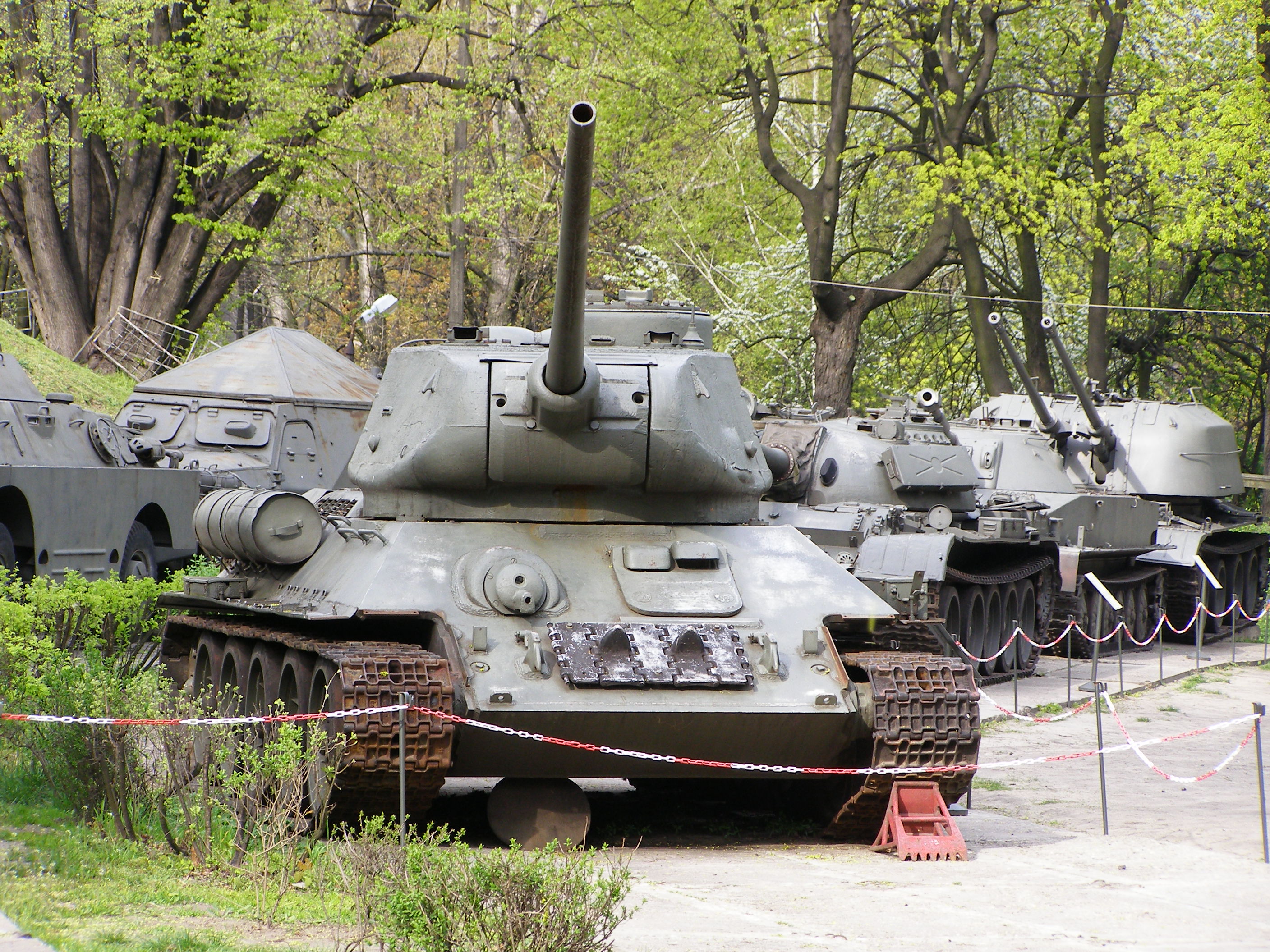
Furthermore, the United Nations Environment Programme (UNEP) has found that over the last 60 years, at least 40 percent of all internal conflicts have been linked to the exploitation of natural resources, whether high-value resources such as timber, diamonds, gold and oil, or scarce resources such as fertile land and water. Conflicts involving natural resources have also been found to be twice as likely to relapse.” – https://www.un.org/en/events/environmentconflictday/index.shtml, 2019.
Resources:
- Natural resource management in transition settings – UNDG/ ECHA Guidance Note: This guidance note aims to help UN Country teams and UN Missions understand the negative and positive roles that natural resources can play in peace consolidation. It provides practical guidance to assist in thinking through how natural resource management principles and practices can feed into transitional analysis and planning frameworks.
- The EU-UN partnership on Land and Natural Resource Conflicts has developed a number of practical guidance notes and training materials on land and conflict, extractives and conflict, renewable resources and conflict, capacity-building for natural resource management and conflict prevention in resource-rich economies.
- https://environmentalpeacebuilding.org/

